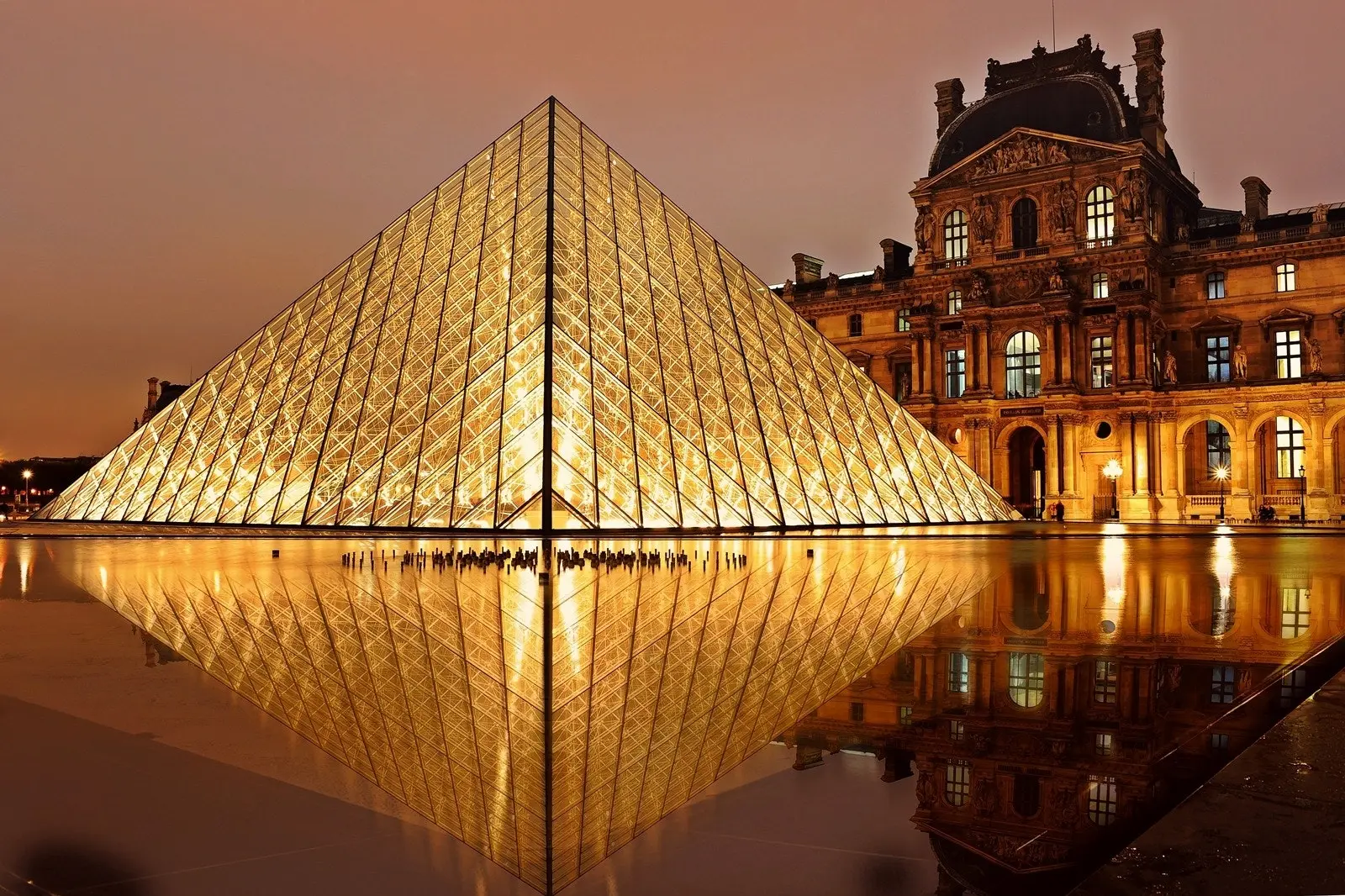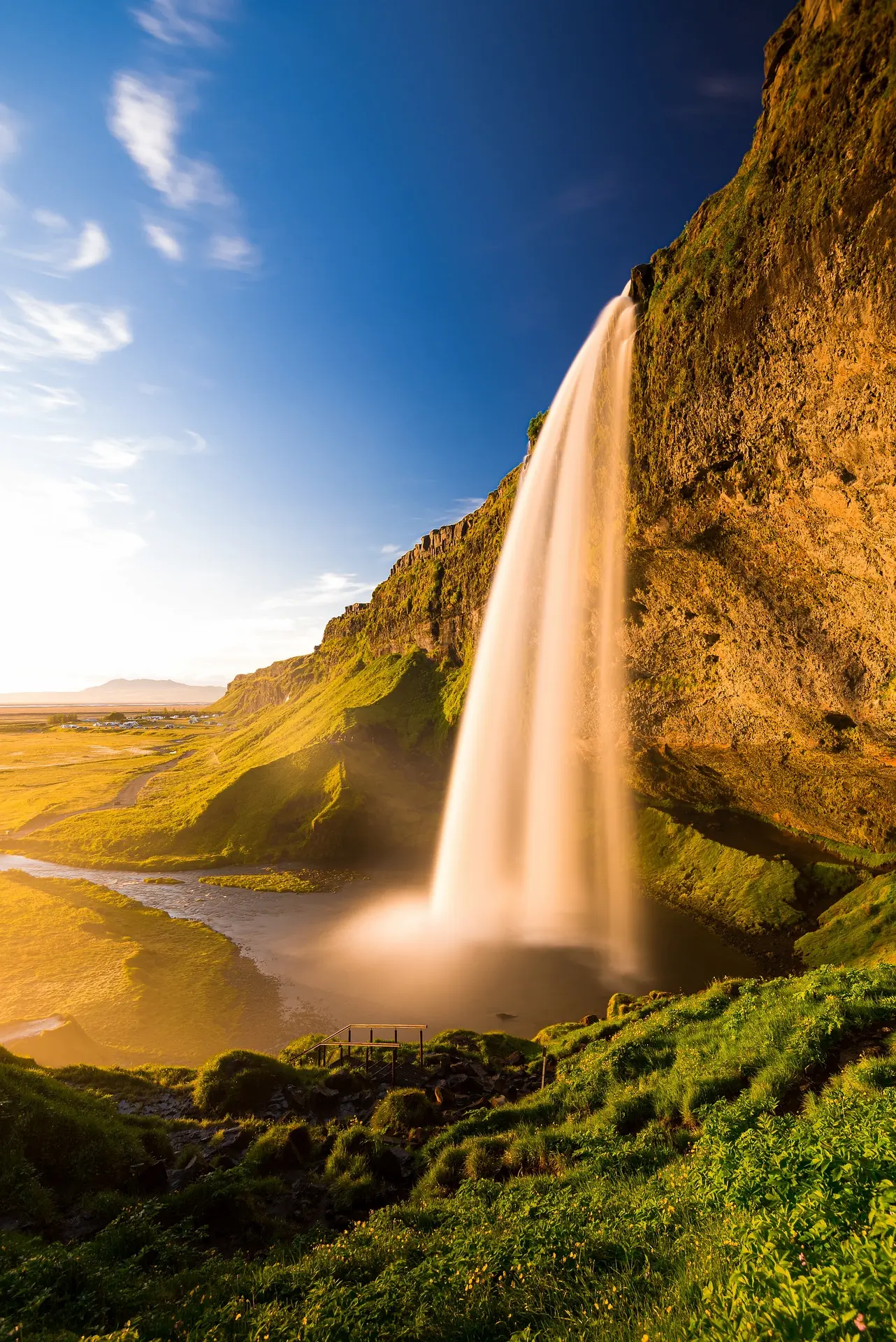GHardy Tour’s signature curriculum-based WWI and WWII battlefields tour features moments of remembrance, important sites in both conflicts, and encourages students to examine how the war efforts shaped national identity.
Start your pilgrimage in Paris, the “City of Light”. Explore the famous Latin Quarter, Eiffel Tower, and the Louvre Museum to see the Mona Lisa. Appreciate the Bohemian history of Paris in Montmartre, a former artists’ village once inhabited by Picasso and Dalí, and home to the landmark Sacré-Cœur Basilica. No visit to Paris is complete without marveling in awe at the opulent splendor of the Palace of Versailles, the ultimate display of 18th century power and prestige, but also the site of the most important treaty of WWI.
Traveling west to Caen, find yourself in the historic heart of Normandy. Visit the D-Day Landing Beaches and the Canadian War Cemetery, where the sacrifices of Allied soldiers are etched into the earth. The Caen Memorial and Juno Beach Centre offer profound insights into the personal stories of those who lived through the war.
On the way to Belgium, visit the Canadian National Vimy Memorial, on the site of Canada’s most significant First World War engagement. Then, arrive in Ypres, the famous Belgian town that endured relentless battles during World War I and II. Attend the moving Last Post Ceremony at the Menin Gate, which every evening honours the fallen.
Before heading to Bruges, stop at the Essex Farm/John McRae Site where the famous poem “In Flanders Fields” was written. Tyne Cot Cemetery is the largest Commonwealth war grave in the world and the final resting place for soldiers who fell during the battle of Passchendaele. Experience the UNESCO World Heritage Site of Bruges, where the medieval streets bear the scars of war but have been lovingly restored. The city’s charm is a true testament to the resilience of its people.
Finally, your journey concludes in Amsterdam, a city ringed by canals and for centuries has been known as a center of freedom and tolerance. Boasting unique architecture and a rich art history, Amsterdam’s is also shaped by the experience of Nazi occupation in WW2. Visit Anne Frank’s House to learn more about life during the occupation, reflect on the Holocaust, and be inspired by the enduring power of hope.
This odyssey through France, Belgium, and the Netherlands will immerse students in the history of the World Wars in three countries that experienced unimaginable battles and occupation. Students will learn about the importance of remembrance and how our forebears faced unimaginable challenges and sacrifices, while displaying the strength of the human spirit.

Call the office at 647-343-1708 or email [email protected] to request more information or speak with a trip consultant who can plan a special trip for your group.



